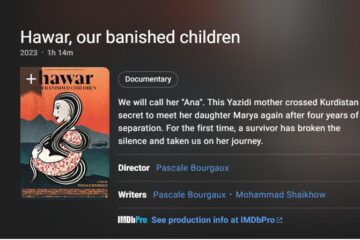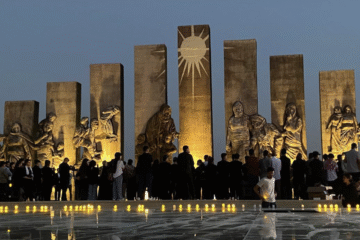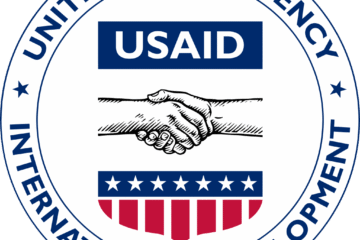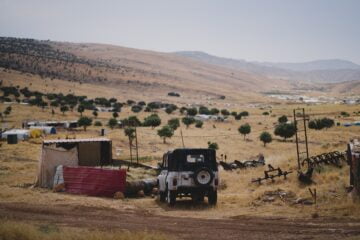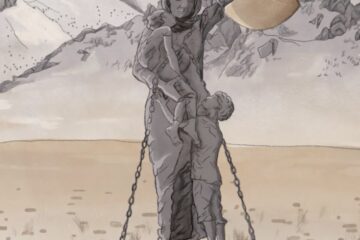Germany Urges Iraq: Rebuild Shingal, Bring the Ezidis Home
More than a decade after ISIS destroyed Shingal, Germany is urging Iraq to speed up reconstruction of the Ezidi homeland. Despite new laws and aid projects, most Ezidis remain displaced, and rebuilding has stalled amid political tensions and insecurity.

